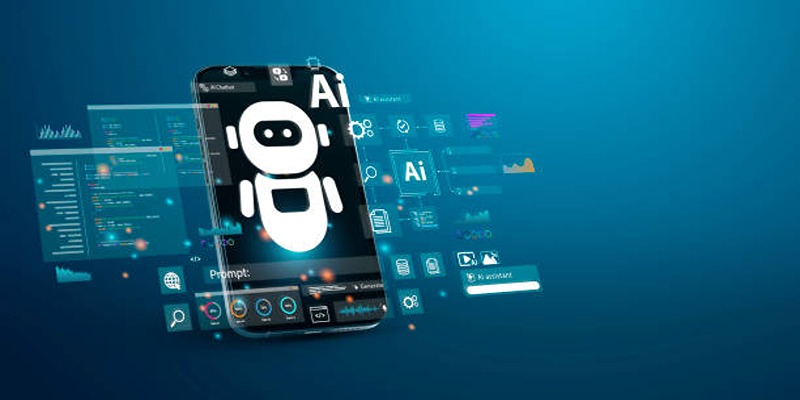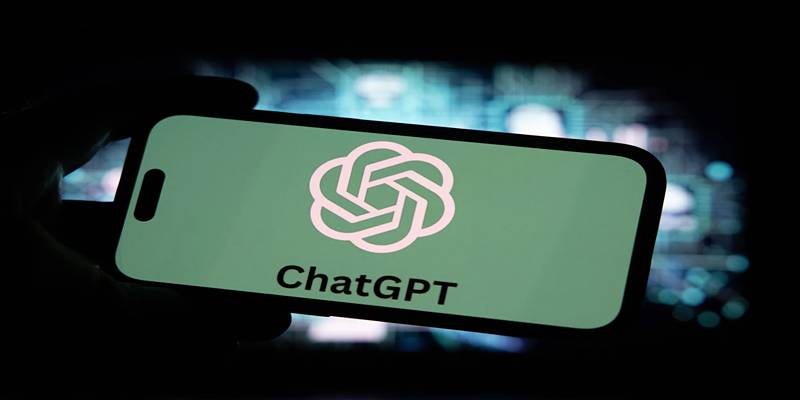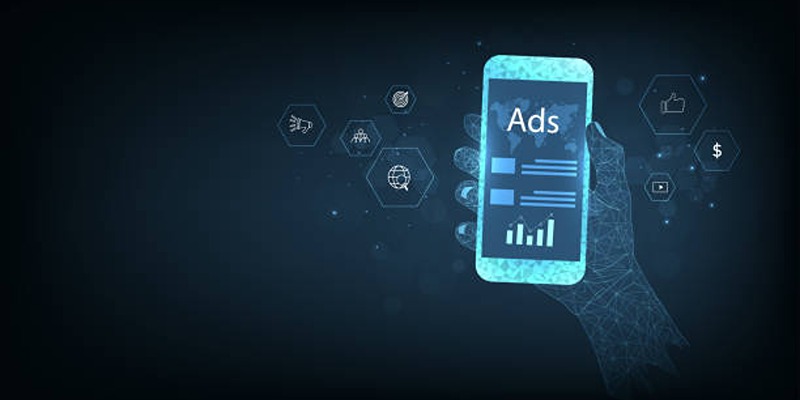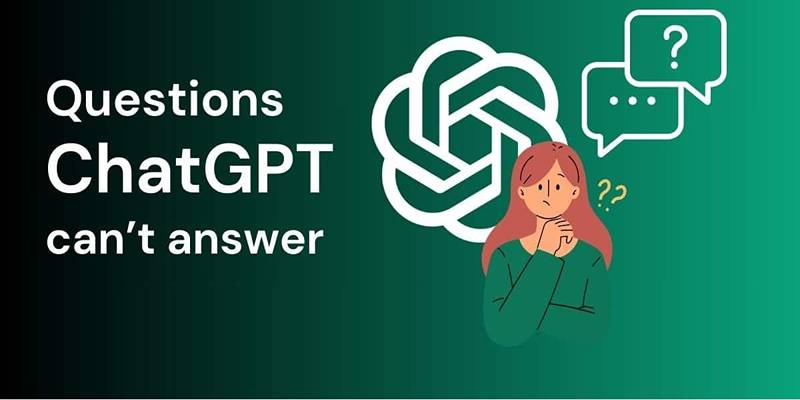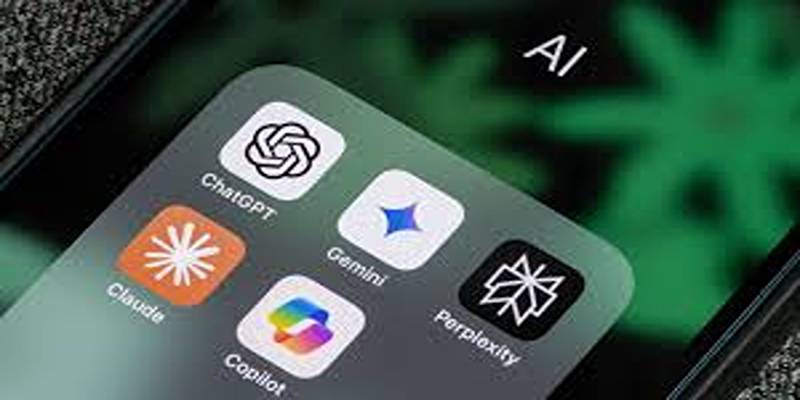A busy weekly plan can feel like a high-wire act, especially for people who have to balance family, work, and social life. The duties never seem to end, from picking up kids from school to going to work meetings, doing chores around the house and running errands on the weekends. It’s easy to feel overwhelmed or disorganized, even with digital calendars and productivity apps at hand.
That’s why one individual decided to try something different: using ChatGPT to help organize and plan a detailed weekly schedule. What started as a simple experiment with an AI assistant quickly turned into a game-changing routine that brought clarity, balance, and structure to their household’s chaotic calendar. It is how they used ChatGPT to rethink time management and create a weekly schedule that actually worked.
Why Use ChatGPT for Weekly Planning?
For someone already familiar with using ChatGPT to draft emails or brainstorm meal ideas, it made sense to wonder whether the AI could also help with weekly time management. Traditional scheduling tools like paper planners and calendar apps had their limitations—they required constant manual input and didn’t offer any insight or suggestions.
ChatGPT, on the other hand, could do more than just record tasks. It could understand context, apply logic, and offer solutions. That made it an ideal candidate for helping to coordinate a complex weekly schedule. The goal wasn’t to find perfection but to introduce clarity, reduce decision fatigue, and make better use of the time available.
Defining the Vision: What the Schedule Needed to Accomplish?
Before jumping into the AI-generated plan, the user first took time to reflect on what an ideal schedule would look like. It wasn’t about filling every hour with tasks. It was about identifying what truly mattered and designing a week that supported those priorities.
Some key objectives included:
- Establishing a repeatable daily rhythm for the whole family
- Making space for personal wellness and downtime
- Preventing overlaps between work and family responsibilities
- Creating predictability around meals, chores, and school logistics
- Reducing last-minute scrambles and forgotten obligations
By outlining these goals clearly, the user set the foundation for a schedule that would support—not sabotage—their lifestyle.
The Initial Setup: Teaching ChatGPT the Routine
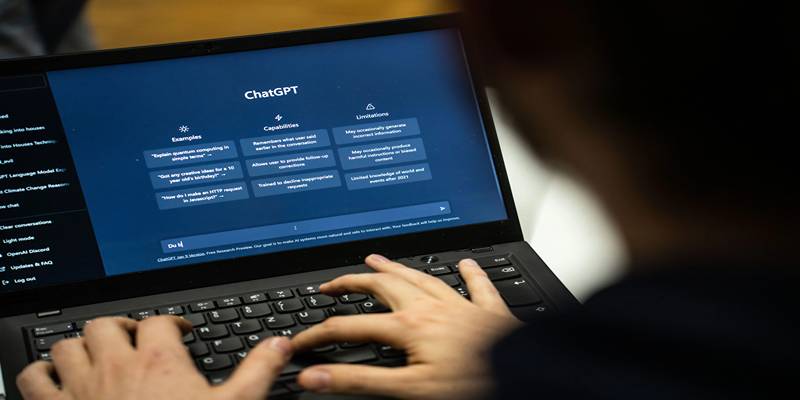
Next came the process of feeding information into ChatGPT. For the AI to produce a helpful plan, it needed to know what a typical week looked like. For example:
The user created a detailed breakdown, including:
- Fixed events: work hours, school drop-offs and pickups, extracurriculars
- Flexible tasks: grocery shopping, laundry, cleaning
- Personal priorities: workout sessions, reading time, family dinners
- Special considerations: only one family car, quiet time during calls, energy slumps in the afternoon
With this information, the user wrote a comprehensive prompt along the lines of:
“Can you help create a weekly schedule for a family of four that includes work, school routines, household chores, and time for exercise, meals, and family activities? Tasks should be well-distributed, and time should be used efficiently while leaving space for rest.” ChatGPT responded with a day-by-day schedule, broken into logical blocks of time and suggesting who should do what and when.
ChatGPT’s Output: A Structured Weekly Framework
The first schedule produced by ChatGPT was surprisingly well-structured. It included clear morning and evening routines, balanced chores between family members, and carved-out time for meals, relaxation, and work commitments.
Here are a few highlights:
- Morning checklists for the kids and parents to streamline school prep
- Lunch breaks aligned with natural pauses in the workday
- House chores are divided by day and person to avoid clustering them all into weekends
- Evening hours dedicated to family time, followed by individual wind-down routines
- A recurring Sunday planning session to review and adjust the upcoming week
Although the schedule was thoughtfully arranged, it wasn’t flawless. But that was part of the process.
Refining the Schedule Through Iteration
One of the most useful aspects of using ChatGPT for planning was the ability to iterate. After using the initial version for a week, the user returned to ChatGPT with feedback:
- “Include more flexible time in the afternoon for unexpected errands.”
- “Reduce the time blocked for dinner prep—30 minutes is usually enough.”
- “Swap laundry to midweek evenings instead of weekends.”
The AI adapted easily, generating new versions that were increasingly aligned with the family’s real-life rhythm. These small tweaks made a significant difference in how practical the schedule felt.
It wasn’t just a matter of organizing tasks—it became a conversation about how to live better as a family.
What Changed After Using ChatGPT for Scheduling?

After a few weeks of working with AI-assisted scheduling, several positive outcomes emerged that went beyond simply having a neat weekly plan.
1. More Time Awareness
Having a plan made it easier to see how time was being spent—and where it was being lost. Unproductive gaps, duplicated efforts, and unnecessary delays became more visible, allowing the user to correct course.
2. Better Task Distribution
Everyone in the household could see their responsibilities clearly. Chores were no longer stacked on one person, and even the kids became more engaged once their daily tasks were spelt out.
3. Lower Stress Levels
With decisions already made in advance, the user no longer woke up each day wondering how to juggle everything. The schedule provided a blueprint that removed mental clutter.
4. Improved Family Communication
The shared routine fostered a sense of teamwork. With everyone following the same plan, it became easier to coordinate, collaborate, and offer support when needed.
Conclusion
Using ChatGPT to help plan a weekly schedule proved to be more than just a fun experiment—it became a functional part of daily life. It provided not only a time-saving routine but also a sense of clarity and control that’s hard to come by in a busy household.
While ChatGPT isn’t a replacement for discipline or follow-through, it is a powerful partner in making smarter decisions about time. For those looking to bring more calm, balance, and intention into their week, ChatGPT may be the tool worth turning to.
